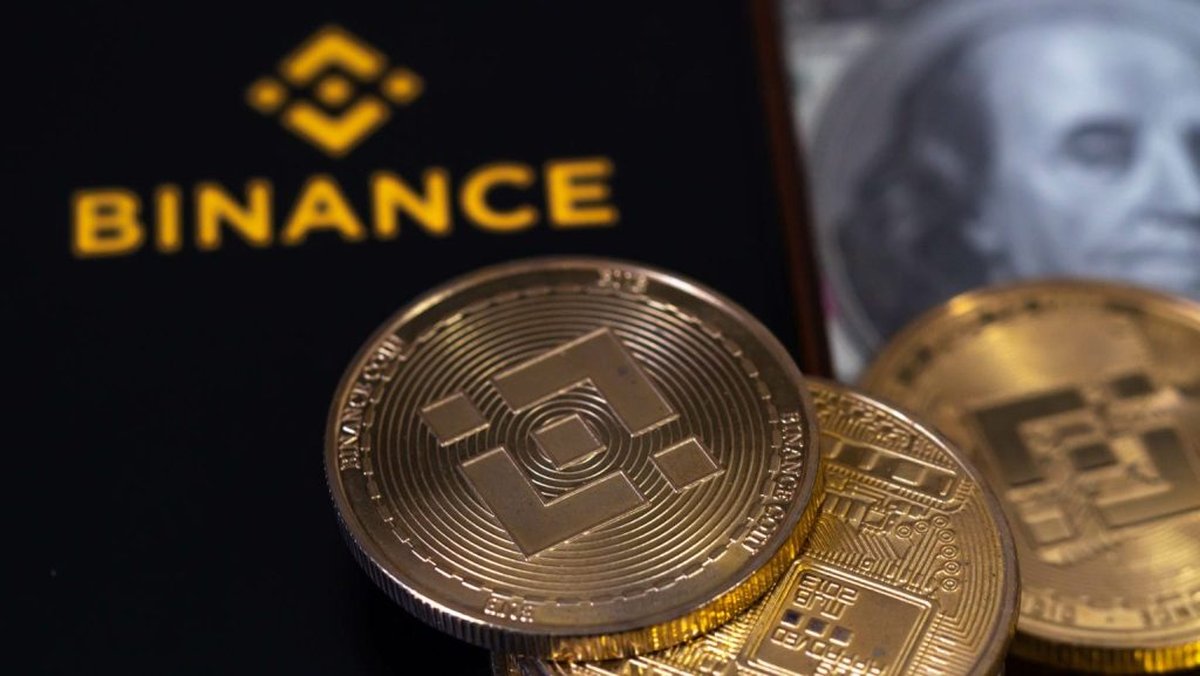Sources in Hong Kong and the digital-asset venture circuit say Binance is in talks to raise ~$600M for a BNB-focused treasury vehicle with plans for a U.S. public listing, while YZiLabs (formerly Binance Labs) is said to add another $200M. If confirmed, it would signal a structural, multi-cycle bet on BNB and a push to court mainstream capital
Market chatter has turned into serious desk talk. Multiple investment sources in Asia say Binance is negotiating a raise of roughly $600 million for a dedicated BNB treasury vehicle that would accumulate BNB on a programmatic basis and seek a public listing in the United States. The effort is reportedly being shepherded with help from China Renaissance — the Hong Kong–based investment bank — with an additional $200 million commitment said to come from YZiLabs (the venture arm previously known as Binance Labs). One reason the rumor resonates: China Renaissance has been linked by traders to an earlier, public-facing decision to carry a proprietary BNB sleeve, signaling long-horizon conviction.
Important note: As of publication, these details have not been formally announced in regulatory filings. Treat them as advanced deal reporting, not finalized fact. That said, the structure being floated fits the moment: institutional allocators want clean wrappers for single-asset exposure, and issuers want public-market plumbing that can scale.
Why this would be the heaviest BNB signal yet
- Structural demand vs. cyclical speculation: A listed treasury vehicle that accumulates BNB on schedule creates a semi-permanent buyer — a liquidity sink that does not disappear when funding dries up.
- TradFi distribution: U.S. listing means BNB exposure could sit alongside equities, funds, and commodity trusts in institutional workflows (OMS/RMS, qualified custody, audited NAV).
- Governance optics: If China Renaissance anchors the raise, and YZiLabs tops up, it signals that the venture + banking stack sees BNB as an investable core asset, not just a utility token.
- Benchmarking: A public wrapper becomes a reference price and a vehicle for basis trades (spot vs. listed shares), drawing market makers and options flow.
How a ‘BNB Treasury’ could be engineered
There are two likely blueprints:
- Closed-end/Trust model: Periodic creations, no real-time redemptions; shares can trade at a premium/discount to NAV. Simple, but discounts can widen in risk-off regimes.
- ’40 Act/ETF-style’ exposure (harder near-term): Daily creations/redemptions with authorized participants. Superior tracking, but requires heavier regulatory lift and bespoke custody/market-surveillance arrangements.
Either path needs bank-grade custody, independent NAV, and clear audit of on-chain holdings. Given BNB’s burn mechanics and L1 fee flows, the sponsor will have to disclose how it treats staking, validator rewards, or burns in NAV accounting — details that matter for true economics.
What this means for BNB, practically
- Supply absorption: Regular treasury purchases support the bid and can dampen volatility on dip days.
- Ecosystem flywheel: Visibility of listed capital often pulls builders, DEX liquidity, and institutional market makers into the same L1 — reinforcing BNB Chain’s position in payments, perps, and consumer DeFi.
- Cost of capital: A U.S.-listed, audited vehicle lowers the due-diligence burden for pensions, endowments, and RIA platforms that can’t touch offshore venues.
Regulatory and operational hurdles
- U.S. listing vetting: Expect scrutiny on market integrity, custody segregation, and surveillance-sharing. The sponsor must demonstrate robust AML/KYC and incident response for bridges and validators.
- Concentration risk: A single-asset treasury concentrates governance and liquidity exposure in one chain. Disclosures must detail key-person, validator distribution, and upgrade processes.
- Premium/discount dynamics: If the wrapper is trust-like, NAV dislocations can hurt latecomers; liquidity programs and market-maker agreements become crucial.
Market map: how to trade the story (not advice)
- Pre-announcement phase: Headlines drive beta; options skew typically bids on the call side. Spot-dominant rallies are healthier than perp-led spikes.
- Filing phase (S-1/20-F proxy): Watch for custodian, auditor, APs, and the exact investment mandate. Ambiguity = chop; clarity = flows.
- Listing/launch: Day-one volume and premium/discount behavior will tell you how broad the natural buyer base is. Sustainable demand shows up as steady creations, not just opening-print fireworks.
Signals to watch
- Lead-left confirmation: Formal naming of China Renaissance (or peers) as bookrunner/placement agent.
- YZiLabs ticket size & terms: Locked-up capital vs. redeemable seed; governance rights and performance fees.
- Custody & audit stack: Which U.S.-permitted custodian signs on; SOC reports and proof-of-reserves cadence.
- Index inclusion & market making: Whether the wrapper aims for index eligibility and which firms commit to two-sided liquidity.
Bottom line
If the $600M BNB treasury with a U.S. listing materializes — and if YZiLabs truly tops it up by another $200M — it would mark BNB’s most decisive step into traditional capital markets to date. Beyond the headline number, the structure matters: a clean, auditable wrapper that steadily accumulates BNB is a multi-cycle vote of confidence and a bridge for institutional portfolios that have been waiting for compliant access. The message to builders and allocators is the same: BNB’s story is shifting from exchange token to listed treasury asset — and that’s a different class of demand.







